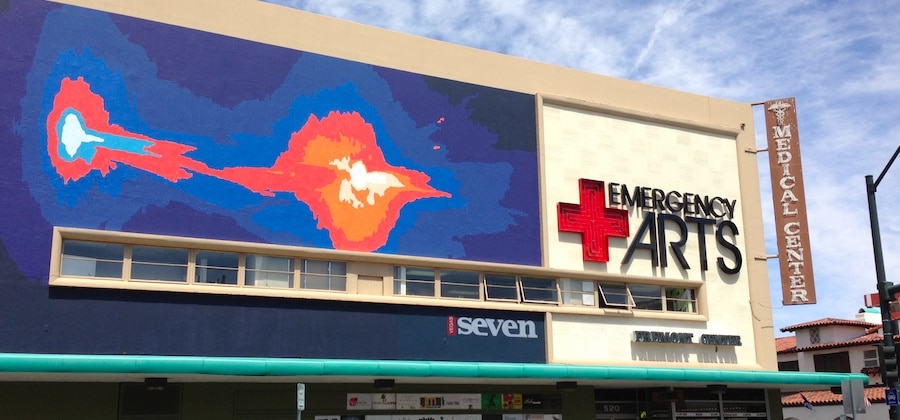
For many years the dirtiest word in the real estate development lexicon was innovation. Industry players were set in their ways and approached community development in the same manner, over and over. Like many other industries- from automobiles to airplanes- reality hits at some point. The old ways of doing things become less and less effective and buyers, community groups and local governments start demanding more from those shaping their neighborhoods. The world of real estate development is ripe for disruption.
Adopting best practices from other sectors
One of the best ways to succeed in life is to emulate successful people. The same logic can be applied to business. Developers who study the successes of other industries and apply that knowledge to community development will gain a substantial edge over the competition. An excellent example of this cross-industry pollination is real estate crowdfunding.
This form of fundraising took off in the nonprofit and manufacturing sphere with the help of early platforms like Indiegogo and Kickstarter. But these platforms were purely donation based. Soon, a few forward-thinking business advocates and investment professionals saw an opportunity to move the crowdfunding industry from donation based to investor based. With the help of the US government, the JOBS Act of 2012 made it possible to crowdfund investment opportunities and the real estate industry soon jumped in. They saw an opportunity to use the new crowdfunding regulations not just for business raises, but also real estate deals. Soon numerous crowdfunding platforms emerged, forever changing how the industry raises capital.
Developing for people
Many of the worst mistakes in the real estate industry occur when companies take a short-term view such as building endless rows of homes without thinking about how to make the community sustainable (with shops, community centers, restaurants and the like). Developers can avoid this pitfall by engaging with the community and creating vibrant spaces that take into account the needs and desires of residents, as well as the eventual return on investment for the company. Identifying customer needs is critical, which leads me to my next point:
Build for the market
It isn’t enough to build the ideal community. If most people can’t afford to live there, your efforts are for naught. We need to think about housing everyone. One of the major contributing factors to our current affordability crisis is that developers are building almost exclusively for the top end of the market. This focus on luxury developments leaves the vast majority of people, who are low and middle income, out in the cold. Developers need to create communities that are not just for the well-heeled. This will not only result in more sustainable communities, but it will also allow developers to generate income by working with traditionally underserved communities.
Take the environment into account
Environmental impacts have a dramatic effect on the livability of a given community. Think about the best neighborhoods in your city. Are they located next to industrial sites or garbage dumps? Probably not. The industry as a whole has made significant progress in green development over the past decade or so, but still has a long way to go. Incorporating solar, advanced insulation, power and water-saving appliances, along with other environmentally beneficial attributes is integral to making a community viable for the long-term.
Explore secondary cities
Every developer dreams of building a gleaming tower in the heart of Manhattan or Chicago. Secondary cities like Tampa or Cleveland? Not so much. By staying focused exclusively on high-dollar markets like Manhattan and San Francisco, developers are leaving money on the table. No one can tell you when the market will slow down. When it does slow down, developers will find that selling $3 million condos in San Francisco’s Financial District might not be as easy as it is now. Secondary cities provide a terrific opportunity for developers to get in on the ground floor. And many secondary cities need investment. Find a city you love, and nurture it as an investment opportunity. Be in it for the long haul and bring value to the people that live there as well as for yourself.
_
In any business, if you fail to adapt- you die. Just ask the shareholders of Eastman-Kodak and Pets.com. To compete on a high level, developers should keep an eye on the future and always be on the lookout to improve their process, and the communities they work in.
Emergency Arts in downtown Las Vegas, image by Eve Picker
